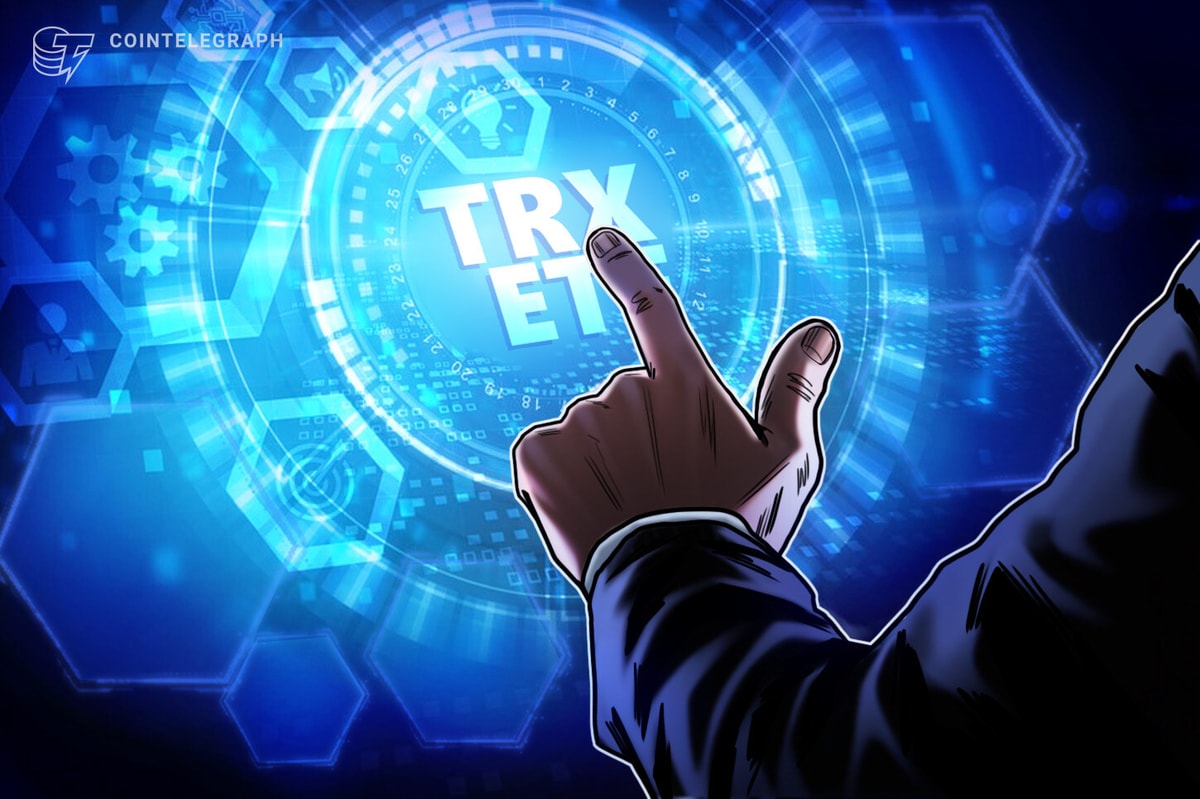The distinction between Web2 and Web3 becomes increasingly blurred. However, bridging the gap between these two worlds still requires a solid foundation. Aside from the technology aspect, both landscapes require a unified vision for seamless and intuitive integration.
Nubit, a next-generation consumer network, aims to establish a robust bridge between Web2 and Web3 by relying on the power of Bitcoin. Founded by Yu Feng, a professor in the Department of Computer Science at the University of California, Santa Barbara (UCSB), Nubit represents a significant step forward in making the future of the internet more interconnected.
In this interview, Nubit CEO Yu Feng details his vision for Nubit and explains how the platform’s innovative concept of Minichains has the potential to contribute to the future of digital interaction and security.
CT: Nubit initially launched focusing on secure data availability. What drove your shift to bridging Web2 and Web3?
Yu Feng: While our initial focus was on secure data availability (DA), we quickly noticed that the future of Web3 encompasses far more than just addressing data challenges. For Web3 to truly thrive, there needs to be a seamless and intuitive integration with Web2. Many innovative ideas struggle to reach their full potential due to technical hurdles and prohibitive costs.
This realization prompted us to broaden our vision and create a comprehensive, one-stop-shop ecosystem that simplifies the development. Our shift is driven by the goal of making Web3 more accessible and practical for developers and end-users alike.
CT: What are the main challenges in achieving seamless integration between Web2 and Web3, and how is Nubit addressing them?
YF: The main challenge in integrating Web2 and Web3 is the complexity of blockchain technology, which can be daunting for Web2 developers. To address this, Nubit introduced the concept of Minichains — customizable, high-performance blockchain networks that give developers full control over resources, governance and data. This innovation allows developers to focus solely on innovation, free from complex payment and security issues and enables the creation of Mini Apps and other decentralized applications.
Nubit’s DeKit further simplifies the process by allowing decentralized features to be seamlessly added to Web2 apps, like those on Telegram, making the transition smoother and more accessible. For Web3 projects, DeKit also facilitates easy interaction with Web2 platforms, helping them reach broader audiences. By bridging these worlds, Nubit makes the Web2 to Web3 integration process smoother and more accessible.
CT: Why do you think Minichain-as-a-Service (MaaS) is crucial for developers?
YF: MaaS by Nubit offers a highly customizable, high-performance blockchain solution with minimal overhead. Unlike traditional blockchain platforms, MaaS enables developers to create their own dedicated Minichains through Nubit’s DeKit, giving them full control over resources, governance and data. This streamlined approach eliminates unnecessary complexity, providing unmatched scalability, security and flexibility.
For developers, MaaS is essential because it allows them to concentrate on innovation and application development while Nubit handles the underlying blockchain infrastructure.
CT: How does Nubit DA enhance the security and scalability of your platform, particularly for Web2-Web3 integration?
YF: Nubit DA leverages Bitcoin’s unmatched security to ensure that all data availability processes are highly secure and decentralized. This foundation allows Nubit to support scalable, high-throughput applications without sacrificing safety. For application developers, Nubit DA can reduce costs by 10 to 100 times compared to other blockchains.

Source: Nubit
In the context of Web2-Web3 integration, Nubit DA acts as a secure bridge, ensuring that data remains consistent and accessible across the entire Minichain ecosystem. This enhances the security of individual chains while facilitating smooth interactions and data exchange between them.
CT: Can you elaborate on how the Universal Bridge facilitates interactions across different minichains and why this is important?
YF: Cross-chain communication is vital for creating a unified ecosystem, as it addresses fragmentation and simplifies development. The Universal Bridge in Nubit enables seamless interactions across different Minichains by using a shared sequencing protocol, which allows for synchronous cross-chain messaging and atomic transactions.
This is crucial for developers, as it supports composable applications and ensures gas fee interoperability, improving the overall user experience. Additionally, the Universal Bridge leverages Nubit DA for direct data sharing, ensuring consistency across the entire Minichain ecosystem.
CT: How does Nubit’s technology empower Web3 decentralized apps (DApps) to expand into Web2 spaces, particularly when it comes to attracting and engaging a broader user base?
YF: Nubit’s technology streamlines the integration of blockchain features into traditional Web2 applications, enabling Web3 DApps to easily expand into broader, non-crypto-savvy audiences. For instance, projects like Nubee and Suzume on Telegram have successfully leveraged Nubit to enhance scalability and security, demonstrating how Web2 platforms can seamlessly adopt Web3 functionalities.
These successes illustrate how Nubit is paving the way for billions of consumer applications to transition into the Web3 space, significantly broadening the reach and impact of decentralized technologies.
CT: What are the unique challenges and opportunities when bringing blockchain functionality to a Web2 platform like Telegram?
YF: The main challenge in bringing blockchain functionality to a Web2 platform like Telegram is simplifying the user experience and integration effort. Blockchain can be complex, but our goal is to make it as seamless and intuitive as possible.

Source: Nubit
The opportunity is immense — by integrating blockchain into familiar platforms like Telegram, we’re unlocking Web3 access for billions of users who might not have engaged with it otherwise. Tools like our Unified Wallet and Minichains empower Web3 projects to easily launch and thrive within the Telegram ecosystem, bridging the gap between Web2 and Web3.
CT: How do you envision the evolution of the Web2 and Web3 ecosystems over the next 3-5 years, and what role do you see Nubit playing in that future?
YF: Over the next 3-5 years, we envision a unified digital landscape in which the distinctions between Web2 and Web3 fade away. Nubit’s role in this evolution is pivotal. We aim to lower the barriers between these ecosystems by offering a comprehensive solution that simplifies the transition to decentralized applications. Nubit is committed to becoming the essential new infrastructure for bridging Web2 and Web3, providing the foundational tools and technologies needed for a seamless and secure integration.
Through our one-stop-shop solution, which includes tools like the Unified Wallet, Minichains and DeKit, we address critical challenges in the Web3 space. Collectively, these components form The Matrix, empowering platforms like Telegram to fully integrate with Web3 and drive the next generation of consumer applications.
Disclaimer. Cointelegraph does not endorse any content or product on this page. While we aim at providing you with all important information that we could obtain in this sponsored article, readers should do their own research before taking any actions related to the company and carry full responsibility for their decisions, nor can this article be considered as investment advice.










